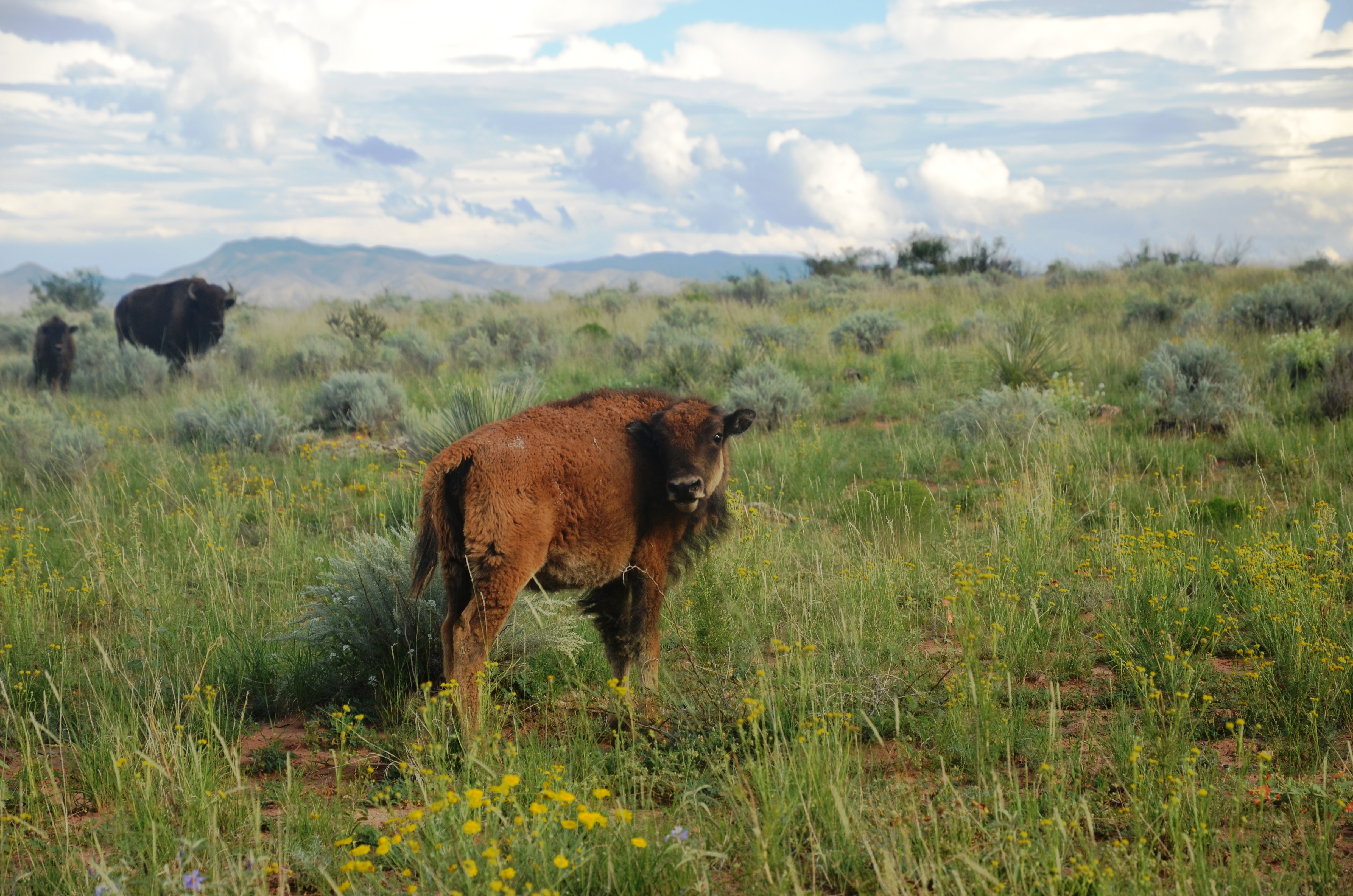The New Yorker
Bison Bison Bison
By Elif Bautman
On Monday, President Obama signed legislation honoring the American bison, also known as the buffalo, as this country’s first national mammal. In temperament, physique, and symbolism, it is difficult to imagine a creature more starkly different from the bald eagle, which has been our national animal since 1782. (The new law does not affect the eagle’s status.) A raptor known for its razorlike talons and visual acuity, the eagle has served as the imperial standard of the Roman legions, the Byzantine Empire, the Spanish Army, and many other forces. Not so the bison, North America’s largest land mammal, which weighs in at as much as a ton. The species includes two variants: the wood bison (Bison bison athabascae) and the plains bison (Bison bison bison). The bison typically spends its early mornings munching on young, tender grasses, which it swallows almost without chewing and regurgitates in its leisure hours. A creature much prone to wallowing, it is known for its poor eyesight. You can tell a bison’s mood from its tail. Its mood is generally, but not always, placid. At moments of high emotion, it can run thirty-five miles per hour, as fast as a galloping horse. By identifying America with the bison, in addition to the eagle, the legislation may be viewed as having expanded and complicated our national self-image, to encompass not just the perspective of the powerful makers of history but also those who are its hapless bystanders.
At the beginning of the nineteenth century, tens of millions of bison roamed North America. Witnesses likened them variously to weather formations, natural disasters, and the wordless architects of some mighty civilization. “The whole country appeared one great mass of buffalo,” Colonel Richard Irving Dodge recalled in 1871, adding that the animal moved in herds “as irresistible as an avalanche.” The writer and jurist (and, later, congressman) Henry Marie Brackenridge, observing thousands of bison running full-speed near the Missouri River in 1811, noted that “their appearance had something in it, which, without incurring ridicule, I might call sublime,” and likened their hoof beats to the rumbling of distant thunder. The cartographer John Filson, who visited the Blue Licks of Kentucky in 1784, wrote that the bison there evoked “amazement and terror” from all visitors, thanks to “the prodigious roads they have made from all quarters, as if leading to some populous city.”
Click here for the full article.



















